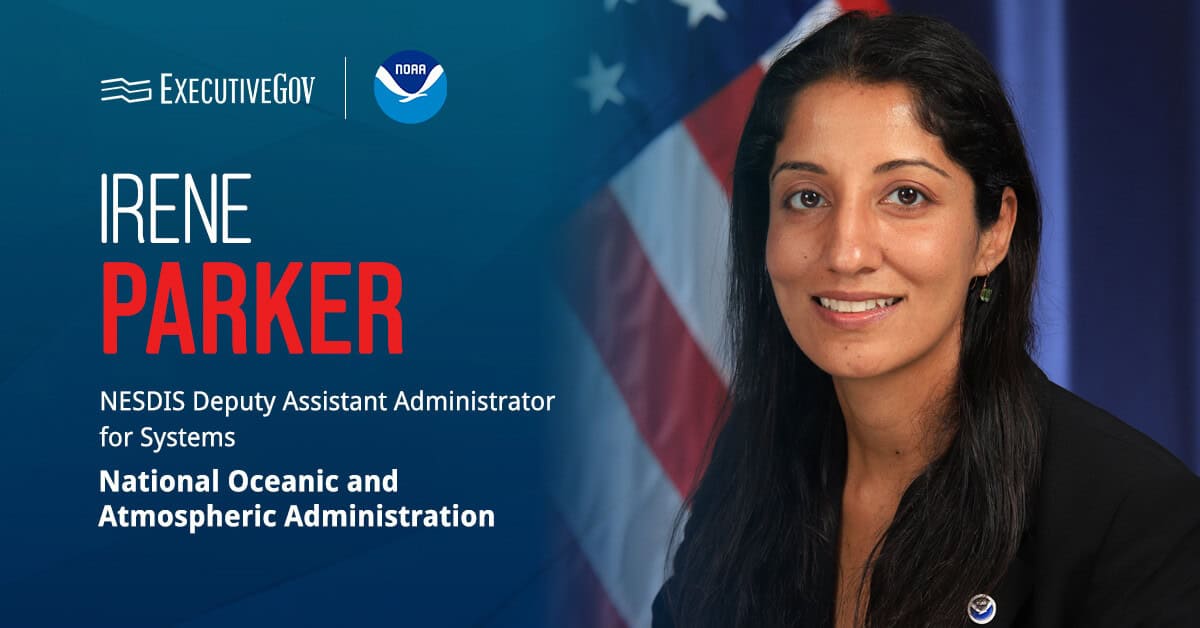The National Oceanic and Atmospheric Administration has tapped Raytheon for a mission design and feasibility study on weather imagery capabilities under its Near Earth Orbit Network, or NEON, Stratus project.
The company will conduct the Stratus critical design review study under an other transaction agreement NOAA signed with Raytheon valued about $5.9 million, the agency said Friday. Raytheon’s CDR study will focus on a U.S. Space Force design adapted to NOAA’s requirements for Stratus.
Under NEON, low-Earth orbit environmental satellites will be launched for weather forecasting, environmental observation and public safety. The program also seeks to demonstrate faster data delivery through inter-satellite links and evaluate the benefits of quicker imagery refresh rates, particularly in the Arctic.
In addition, the project will provide hands-on experience on the procurement of commercially sourced spacecraft, instruments, launch services and ground operations.
Sharper Weather Imaging Via Commercial Services
Irene Parker, deputy assistant administrator for systems at the NOAA’s National Environmental Satellite, Data and Information Service, noted the agreement’s potential in advancing weather imagery, with Raytheon as commercial partner.
“The Stratus project will help modernize NOAA’s observing systems by leveraging commercial best practices and cutting-edge technologies while allowing us to explore new acquisition strategies,” added Parker, who is also NOAA’s acting assistant administrator for satellite and information services.





